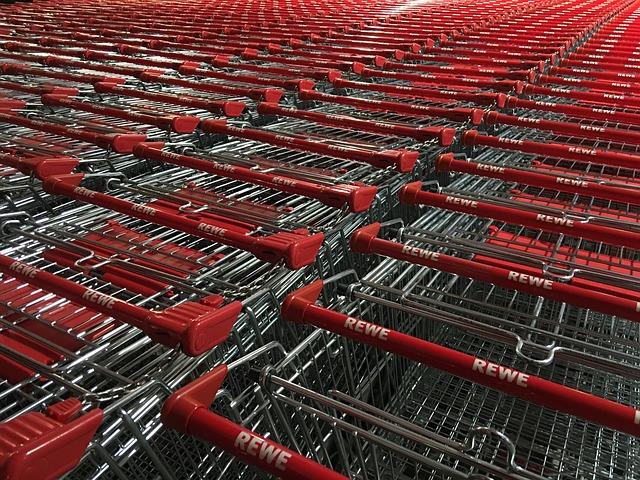
The recent release of Q2 GDP data for 2017-18 at first glance is encouraging as both the supply side (GVA at basic price, up from 5.6 to 6.1 per cent) and demand side (expenditure method data, up from 5.7 to 6.3 per cent) have notched higher GDP growth over the previous quarter. The uptick has led to some cheer in the market but the headline numbers don’t always give us the full picture. A comparison of the relevant quarters (Q2 2016-17 to Q2 2017-18) shows a slowdown, with GVA down from 6.8 per cent and GDP down from 7.5 per cent to 6.3 per cent.
What emerges is an economy marked by a slowdown in agriculture, deceleration in manufacturing and construction, and more importantly, deceleration in investment coupled with the predominance of consumption-led growth. These developments raise some questions on the soundness and sustainability of the growth trajectory.
A critical look at the data shows that on the supply side, growth is supported by mining, which recorded a 5.5 per cent growth as compared with 1.3 per cent in Q2 of 2016-17. Similarly, trade, hotel transport and communications have recorded improvements, along with public administration and defence. However, there should be concern that agriculture has shown a significant slowdown at 1.7 per cent as against 4.1 per cent in Q2 of 2016-17. Manufacturing has recorded some deceleration along with construction where the growth has been at 2.6 per cent, down from 4.3 per cent witnessed in Q2 of 2016-17.
What emerges is an economy marked by a slowdown in agriculture, deceleration in manufacturing and construction, and more importantly, deceleration in investment coupled with the predominance of consumption-led growth. These developments raise some questions on the soundness and sustainability of the growth trajectory.
On the demand side, growth rates of Government Final Consumption Expenditure (GFCE) at constant prices recorded an estimated increase of 4.1 per cent against 16.5 per cent during Q2 of 2016-17. While the growth of Private Final Consumption Expenditure (PFCE) was moderated at 6.5 per cent as compared with an increase of 7.9 per cent in Q2 of 16-17, the share of PFCE in the total GDP has maintained around 54 per cent. Similarly the share of GFCE is steady at around 13 per cent.
Higher car sales and enhanced international passenger traffic indicate the swelling of urban consumption expenditure. In the near term, the urban and government consumption expenditure would go up due to the impact of the seventh pay commission award. Besides, higher sales of two wheelers and tractors point to some upward movement in rural demand.
The RBI Monetary Policy report of October 2017 has noted that “retail consumption activity, reflected in withdrawals of personal loans from scheduled commercial banks (SCBs), suggests that underlying conditions are supportive of consumption demand, going forward.” The stressed balance sheets of banks and corporations continued to act as a drag on investment activity. Households’ investment in dwellings, other buildings and structures have remained subdued as inventories rise on the hope of steep price corrections. In the Mumbai Metropolitan Region alone, an estimated 3.5 lakh houses out of the total of 6.7 lakh registered with RERA authorities as under-construction are unsold, constituting an unsold inventory of 52 per cent, according to Cushman & Wakefield and realty data analytics firm Propstack.
The RBI has also cited a report by the Centre for Monitoring Indian Economy (CMIE) to say that new investment proposals significantly declined in Q2 of 2017-18 in terms of both numbers and value. Only 403 new projects were announced, the lowest since Q1 of 2004-05. Plant load factors in thermal power plants underwent a sustained decline, largely reflecting weakness in demand from financially stressed distribution companies.
In theoretical literature, consumption as a driver of growth has been associated with low growth multipliers and could turn out to be growth-retarding in the medium-term. Consumption-led growth can arguably lead to a slackening of future growth if it entails growing imbalances due to limits to capacity creation and rising debt burdens, particularly for households.
In sum, the picture that emerges is of a drive that is on the road to growth but with quite a few critical signs that all may not be as well as it might seem.
Some of these conditions led to the 2008 financial crisis in the US. As even the RBI has noted in a report, while borrowings helped smoothen private consumption in the short-run after the recession of 2001-02, excessive leverage led to the debt-servicing burden which, in turn, debilitated consumption and overall growth during 2007-2009. In this context, it is important to note that the RBI study has indicated that consumption-led growth was found to have a negative impact on GVA growth one-year ahead by 1.39 percentage points at five per cent statistically significance level.
Economic growth is a function of investment limited by savings. Household financial savings – the most important source for investment in the economy – picked up to 7.8 per cent of Gross National Disposable Income (GNDI) in 2015-16. Savings of private non-financial corporations increased to 10.8 per cent of GNDI in 2015-16. At the same time, general government’s dissaving (which is closely related to revenue deficit) declined to 1.0 per cent in 2015-16. Preliminary estimates show household financial savings rate increased further to 8.1 per cent of GNDI in 2016-17 on account of an increase in households’ assets in bank deposits, life insurance and mutual funds. The dissaving by the central government in terms of persistence of revenue deficit at a higher level makes economic growth unsustainable. It is also disruptive because of crowding out of private investment by increased government consumption and higher borrowings.
In sum, the picture that emerges is of a drive that is on the road to growth but with quite a few critical signs that all may not be as well as it might seem.




